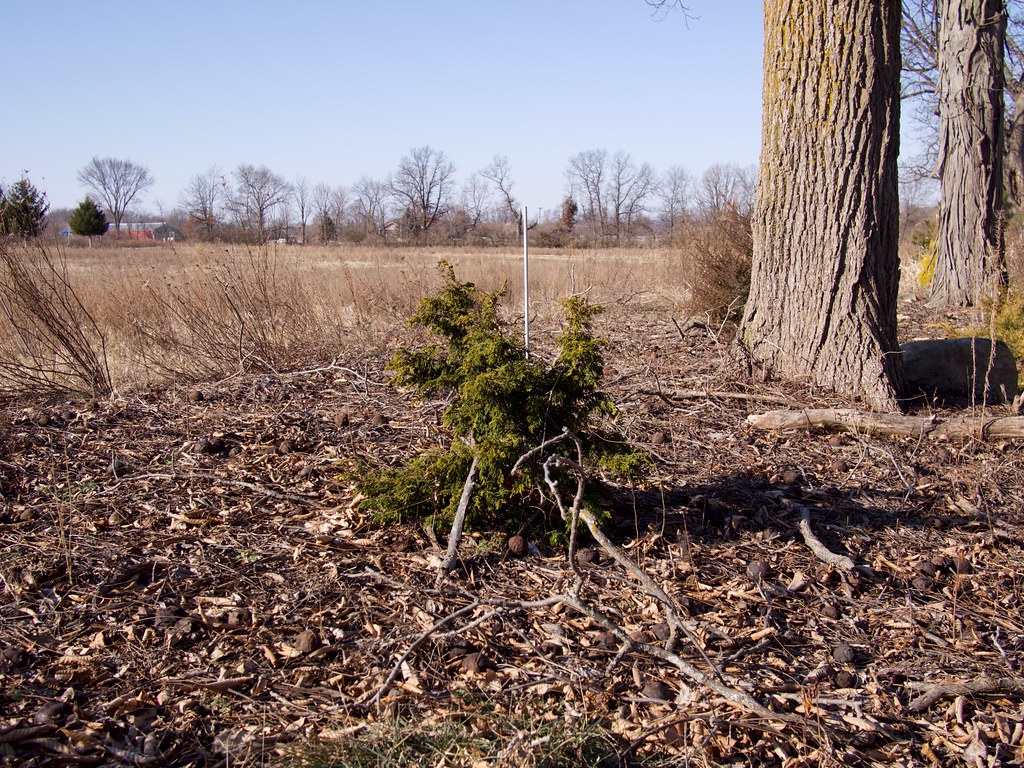Beach Nourishment takes place around every 2-4 years. This expands to about 130 miles on the coast. They pour a bunch of sand on top of the beaches, and this creates more nourishment for the living creatures there, as well as a more appealing look. “Western Carolina University officials said this month more than $3 billion in taxpayer money has now been spent pouring over 245 million cubic yards sand onto New Jersey beaches since 1936,” as said in Cape May’s article on the website nj.com.
U.S. army corps of engineers usually renourish the beaches during the non-busier seasons, but sometimes they extend to the summer and beach closure is necessary. They also anticipate awarding contracts in spring and summer for beach nourishment work at the Jersey shore. There is work to be done in Long Beach Island, Manasquan of Barnegat Inlet, and Absecon Island, as well. But no official details are going to be told until other equipment needs or other factors are discussed.
Here’s some of the factors that are going to be done to the Jersey Shore: 257,000 cubic yards of sand poured in Ocean City at $11.2 million, 465,000 cubic yards of sand poured at Ludlum Beach Island in Strathmere at $11.2 million, 517,000 cubic yards of sand poured between Cape May Inlet and Lower Township at $16.1 million. The project costs are typically 65% federal tax money, and 35% divided between state and municipality.






